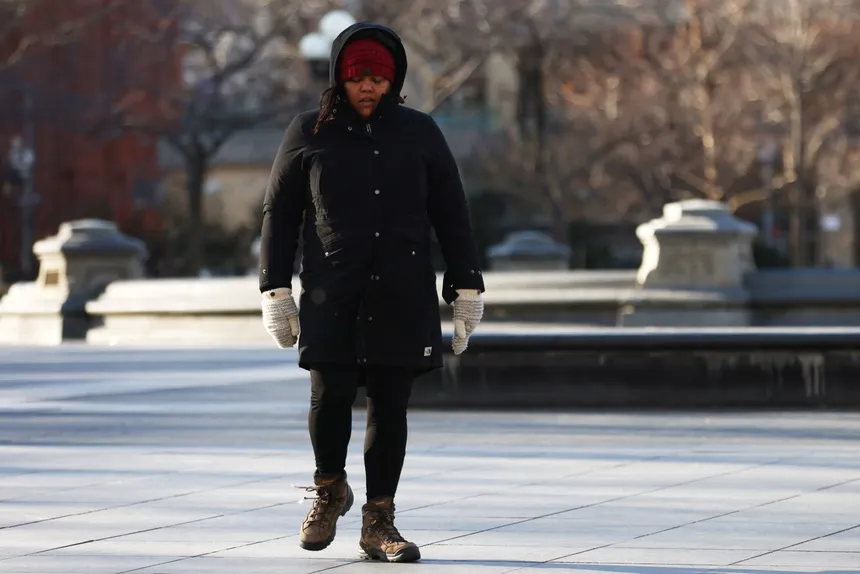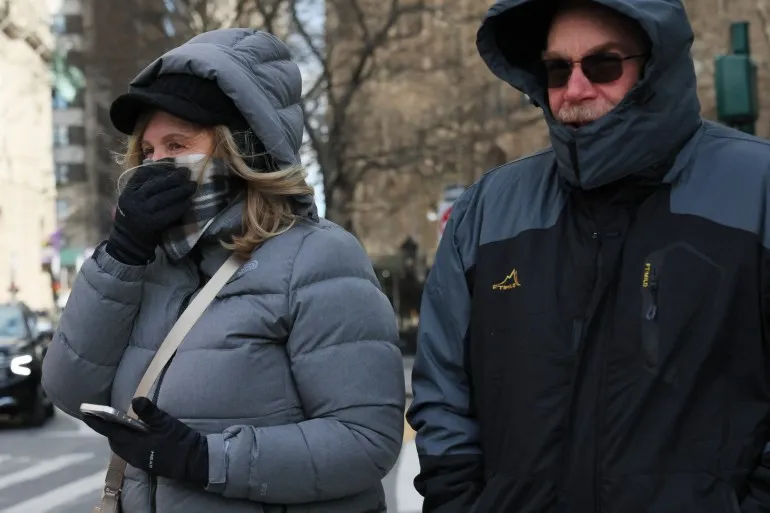A biting blast of cold Arctic air is on its way to bring frigid temperatures to large swaths of North America, according to forecasters. Canada’s Environment Canada has issued an extreme cold warning, warning that Alberta’s largest city, Calgary, could see temperatures plummet to -34.6F (-37C) on Friday, with a daytime high of -23.8F (-31C) expected. The city is bracing for its coldest January day in over two decades.
The cold front is expected to push its way from the Northwest Territories down into Alberta, bringing with it strong winds that could make temperatures feel closer to -58F (-50C) over the weekend. In such conditions, experts caution that exposed skin can succumb to frostbite in less than a minute.
The National Weather Service warns that “dangerously cold wind chills” are expected to hit parts of Texas and the southeast, pushing temperatures below freezing. Temperatures will be brutal compared to the relatively mild conditions that have been experienced for much of the winter season, an alert from the weather service notes.
Most of the United States is expected to be hit by the cold weather, with Chicago expected to go below -10F (-23C) for the first time since 2019, and Oklahoma City below 0F (-17.7) for the first time since February 2021. Wind chills could make temperatures in parts of the Rockies feel like -30F (-34.4C), posing the risk of hypothermia to anyone caught in this weather.

Meanwhile, major snowstorms, sleet, and rain are expected to affect the Midwest and East Coast, with the weather service warning of major disruptions from 12 inches of snow expected to fall upon parts of Michigan, with high winds set to cause blizzard conditions in the Great Lakes region. In the Northeast, river and coastal flooding are possible due to the storms and heavy rain.
The cold front will be a significant change for parts of the country that have so far experienced a very mild winter, with meager snowfall and above-average temperatures. Last year was the fifth hottest year on record in the US, with 2023 being the hottest globally by a large margin, according to the National Oceanic and Atmospheric Administration.
Climate researchers have theorized that sudden extreme blasts of cold weather in the US could, in some cases, be fueled by global heating. The Arctic is warming up four times faster than the rest of the planet, causing changes to the natural pattern of winds that usually keep the cold massed at the polar region. As this pattern becomes more wavy, freezing cold can drop southwards, which is what researchers believed happened during the deadly cold snap in Texas in 2021.

